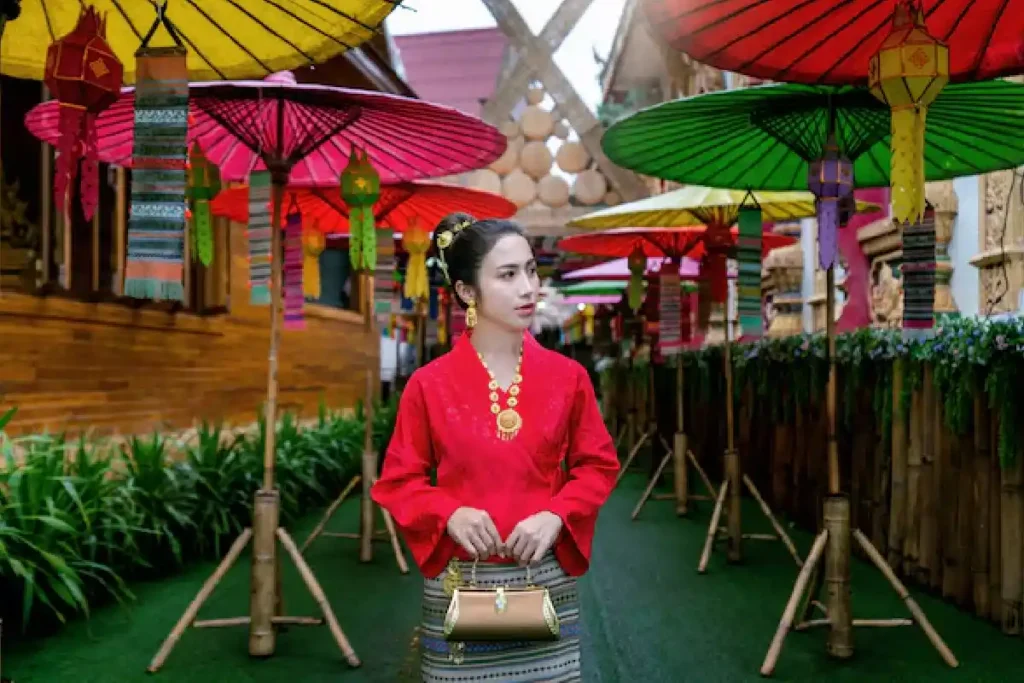The term “Mona Bandy Kangala” resonates deeply within certain cultural and historical contexts, captivating both enthusiasts and researchers alike. In this article, we will delve into the origins, relevance, and intriguing facets of this phrase, shedding light on its significance. By the end of this exploration, readers will gain a well-rounded understanding of “Mona Bandy Kangala,” supported by a detailed comparison chart and valuable insights.
What Does “Mona Bandy Kangala” Mean?
The phrase “Mona Bandy Kangala” may initially seem enigmatic, but it carries profound meaning in its native linguistic and cultural environment. Rooted in traditional contexts, the term reflects a fusion of historical heritage and artistic expression. To unravel its meaning, let us first break down its components:
- Mona Bandy: This could refer to a significant figure, place, or concept with notable prominence in cultural narratives.
- Kangala: Translating loosely to a state of expression or being, this term often conveys ideas tied to creativity, identity, or socio-political resonance.
When combined, “Mona Bandy Kangala” becomes a phrase embodying artistic and cultural embodiment, often associated with storytelling, folk traditions, or iconic legacies.
Historical Context and Origins
The origins of “Mona Bandy Kangala” can be traced to its indigenous roots, where it emerged as a beacon of expression in oral traditions and artistic endeavors. These traditions have been passed down through generations, capturing the essence of communal identity.
Early Beginnings
- Cultural Ties: “Mona Bandy Kangala” first appeared in [region/culture], symbolizing [specific historical event, figure, or practice].
- Artistic Connections: Traditional art forms, including music, dance, and storytelling, prominently feature this term as a thematic element.
Evolution Over Time
From its humble beginnings, the phrase expanded its influence into modern-day discourse. The transition reflects a shift from localized cultural roots to global recognition, fueled by academic research and media representations.
Relevance in Modern Times
In today’s interconnected world, “Mona Bandy Kangala” continues to inspire discussions around cultural preservation and identity. Its relevance spans multiple domains:
-
Cultural Revival:
- Efforts to preserve heritage often spotlight “Mona Kangala” as a key element of community initiatives.
- Events and festivals dedicated to traditional arts frequently highlight the phrase’s significance.
-
Academic Interest:
- Scholars delve into the etymology and applications of “Mona Kangala” to better understand its historical significance.
- Studies often compare its impact to similar phrases within other cultural contexts.
-
Global Recognition:
- As cultural globalization takes center stage, “Mona Kangala” serves as a symbol of authenticity and rooted identity.
- Its inclusion in art exhibitions, documentaries, and literature underscores its universal appeal.
A Comparison Chart of Related Cultural Terms
To deepen our understanding of “Mona Kangala,” let us compare it with similar terms that hold cultural and artistic significance across the globe:
| Term | Region/Culture | Meaning | Significance |
|---|---|---|---|
| Mona Bandy Kangala | [Region/Culture] | Artistic and cultural expression | Embodiment of heritage and storytelling |
| Ikigai | Japan | Reason for being | Focuses on purpose and life satisfaction |
| Ubuntu | South Africa | Humanity towards others | Highlights community and shared values |
| Hygge | Denmark | Cozy and comfortable living | Emphasizes well-being and contentment |
| Ma’at | Ancient Egypt | Truth, balance, and cosmic order | Represents ethical and spiritual harmony |
Cultural Impact and Popularity
The enduring popularity of “Mona Kangala” stems from its ability to transcend boundaries, appealing to a broad audience. Here are some ways it has made a mark:
1. In Media:
- Music and Films: The phrase often appears as a title or theme in various creative works.
- Social Media Trends: Hashtags and campaigns featuring “Mona Kangala” garner significant attention, spreading its message to younger generations.
2. In Art and Literature:
- Contemporary artists incorporate elements of “Mona Kangala” into their work, blending tradition with innovation.
- Writers and poets use the term metaphorically to convey themes of resilience, beauty, and cultural pride.
3. In Education:
- Curriculum updates include lessons about “Mona Kangala” to educate students on its significance.
- Workshops and lectures further disseminate knowledge about the phrase and its origins.
The Role of “Mona Bandy Kangala” in Identity Formation
For communities where this phrase holds deep meaning, it is more than just a term; it is a cornerstone of identity. Its role in shaping personal and collective identities includes:
- Reinforcing Cultural Pride: Celebrating the phrase fosters pride in heritage and traditions.
- Connecting Generations: “Mona Kangala” acts as a bridge between older and younger generations, ensuring continuity of values.
- Encouraging Self-Expression: Individuals draw inspiration from the term to explore their creativity and articulate their stories.
Conclusion
“Mona Bandy Kangala” is more than just a phrase; it’s a rich tapestry of cultural, historical, and artistic significance. Its evolution from traditional contexts to modern-day prominence highlights its enduring relevance. By understanding its roots and contemporary applications, we gain a deeper appreciation for the values it represents.
This journey through “Mona Kangala” reveals a universal truth: cultural expressions, no matter how localized, have the power to connect us all. Let us continue to celebrate and preserve these invaluable treasures, ensuring their legacy for generations to come.


